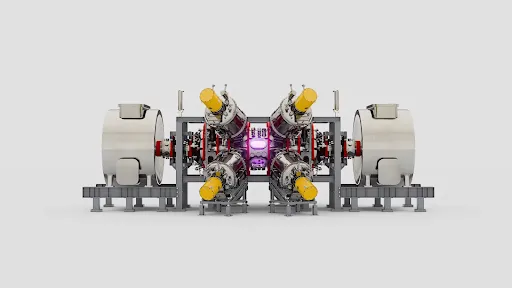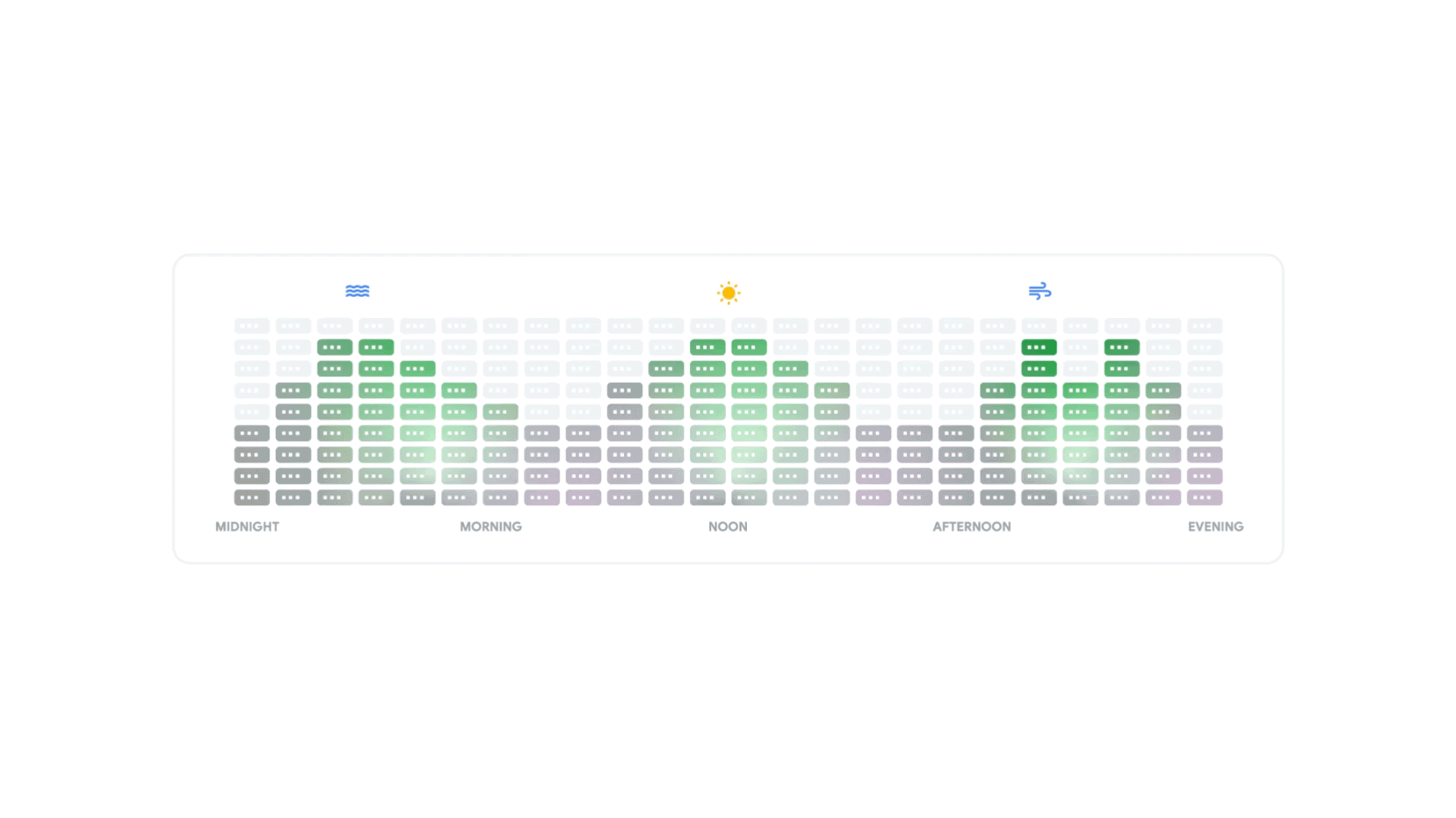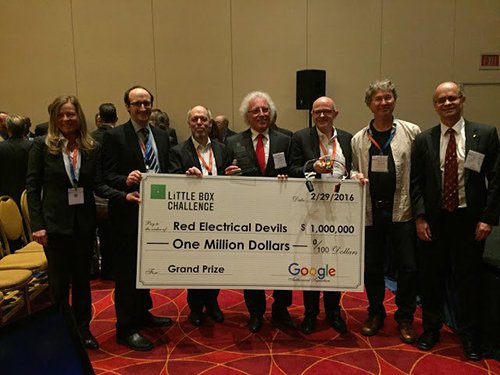Shifting compute tasks across location is a logical progression of our first step in carbon-aware computing, which was to shift compute across time. By enabling our data centers to shift flexible tasks to different times of the day, we were able to use more electricity when carbon-free energy sources like solar and wind are plentiful. Now, with our newest update, we’re also able to shift more electricity use to where carbon-free energy is available.
The amount of computing going on at any given data center varies across the world, increasing or decreasing throughout the day. Our carbon-intelligent platform uses day-ahead predictions of how heavily a given grid will be relying on carbon-intensive energy in order to shift computing across the globe, favoring regions where there’s more carbon-free electricity. The new platform does all this while still getting everything that needs to get done, done — meaning you can keep on streaming YouTube videos, uploading Photos, finding directions or whatever else.
We’re applying this first to our media processing efforts, which encodes, analyzes and processes millions of multimedia files like videos uploaded to YouTube, Photos and Drive. Like many computing jobs at Google, these can technically run in many places (of course, limitations like privacy laws apply). Now, Google's global carbon-intelligent computing platform will increasingly reserve and use hourly compute capacity on the most clean grids available worldwide for these compute jobs — meaning it moves as much energy consumption as possible to times and places where energy is cleaner, minimizing carbon-intensive energy consumption.
Google Cloud’s developers and customers can also prioritize cleaner grids, and maximize the proportion of carbon-free energy that powers their apps by choosing regions with better carbon-free energy (CFE) scores.
To learn more, tune in to the livestream of our carbon-aware computing workshop on June 17 at 8:00 a.m PT. And for more information on our journey towards 24/7 carbon-free energy by 2030, read CEO Sundar Pichai’s latest blog post.
 Starting in 2015, Google Research collaborated with TAE, applying AI to drive significant improvements in plasma temperature and lifetime, and help them better understan…
Starting in 2015, Google Research collaborated with TAE, applying AI to drive significant improvements in plasma temperature and lifetime, and help them better understan…
 Starting in 2015, Google Research collaborated with TAE, applying AI to drive significant improvements in plasma temperature and lifetime, and help them better understan…
Starting in 2015, Google Research collaborated with TAE, applying AI to drive significant improvements in plasma temperature and lifetime, and help them better understan…


